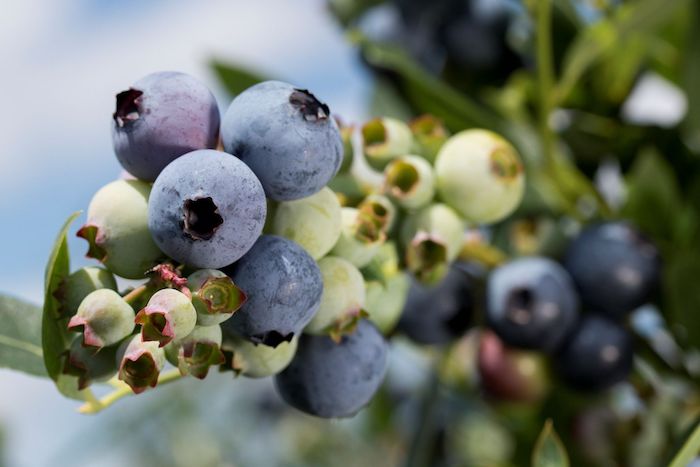Notification tool helps blueberry growers control disease

The Blueberry Advisory System, a tool to help blueberry growers fight fruit rot through a system of alerts has shown good results.
To manage one of the most damaging diseases to blueberries, anthracnose fruit rot, farmers normally spray the crop with fungicides on a calendar basis, but this system notifies growers when they should spray crops.
Now, researchers have proof the system works to help minimize fruit rot and improve crop yields.
Doug Phillips, UF/IFAS Statewide Blueberry Extension Coordinator said: “Several Florida commercial blueberry growers have reported using the Blueberry Advisory System to help with the timing of fungicides to control anthracnose fruit rot, either by using the web-based tool alone or in combination with farmers’ own spray programs.”
On one hand, Clyde Fraisse, Professor of Agricultural and Biological Engineering, designed the Agroclimate system that hosts this and other disease tools. On the other hand, Natalia Peres, Plant Aathology Professor, adapted and evaluated the disease models used in the system.
In a new UF/IFAS Extension document, Peres, outlines the success of the method:
“The system can be especially useful in helping newer blueberry growers identify the disease and its dynamics,” Peres said. “It may also reduce the number of fungicide applications, especially when adopted by growers who are risk averse.”
She and her research colleagues assessed the system at nine blueberry farms spread out over Dade City (Pasco County), Fort Lonesome (Hillsborough County) and Labelle (Hendry County).
The system notified growers to spray fungicide when fruit rot was more likely to develop, and in most cases, they didn’t need to apply the sprays as often.
Blueberries are most susceptible to fruit rot in warm, wet weather, with temperatures between 59 and 81 degrees. Combine those conditions with 12-hour periods of leaf wetness, and you get ideal conditions for fruit rot to develop.
Data for the fruit rot models used by the system come from the Florida Automated Weather Network, which has weather stations throughout the state.














































